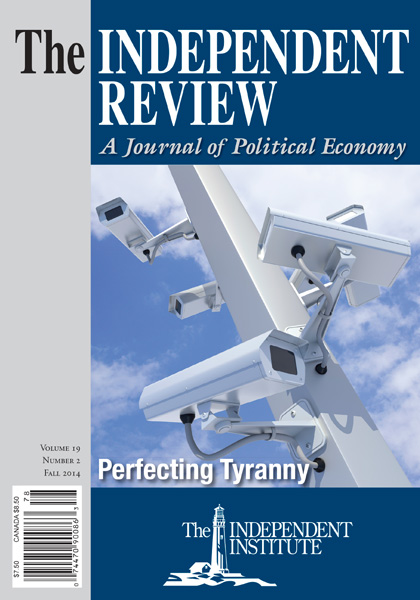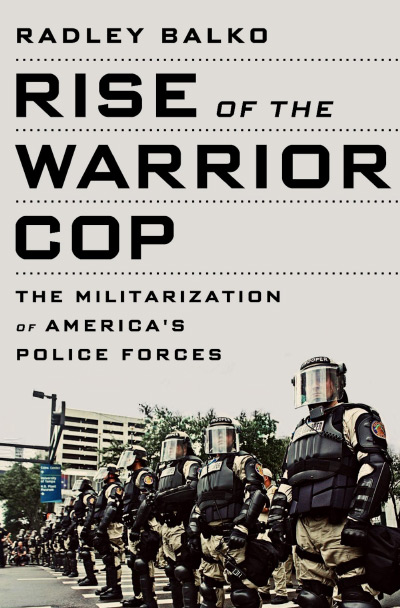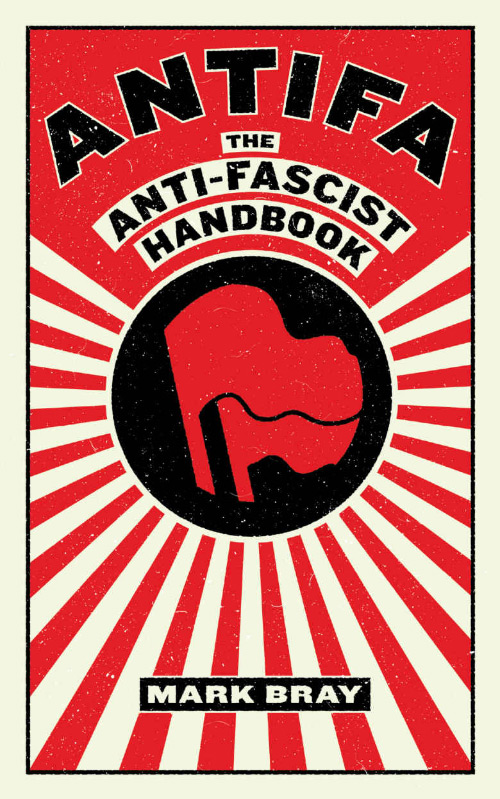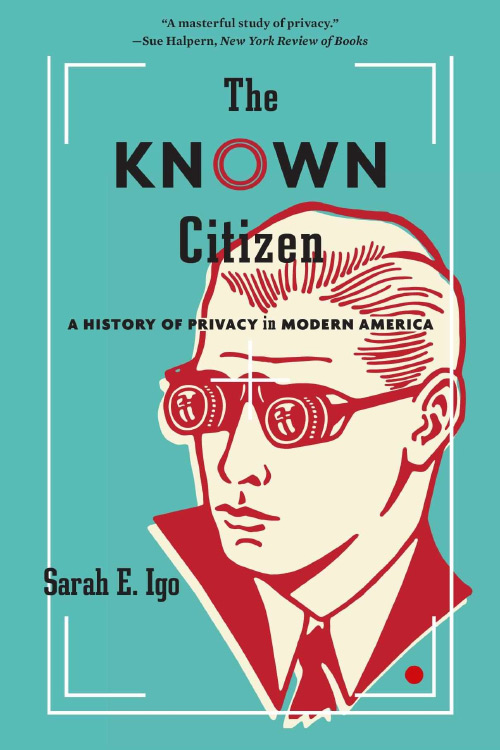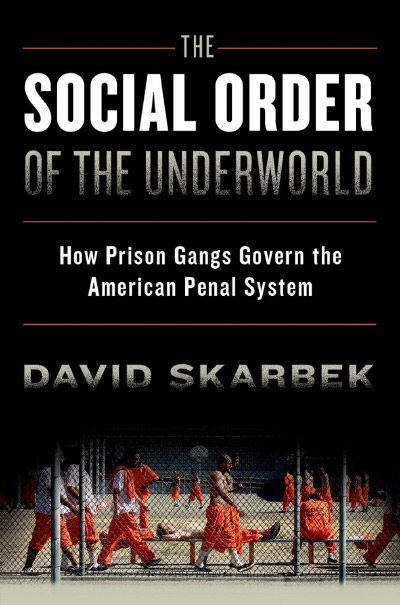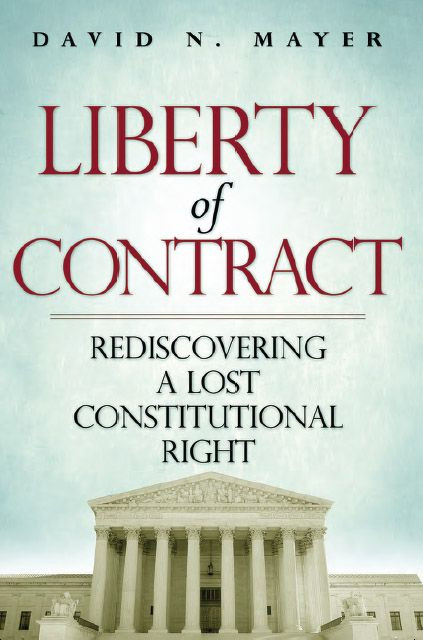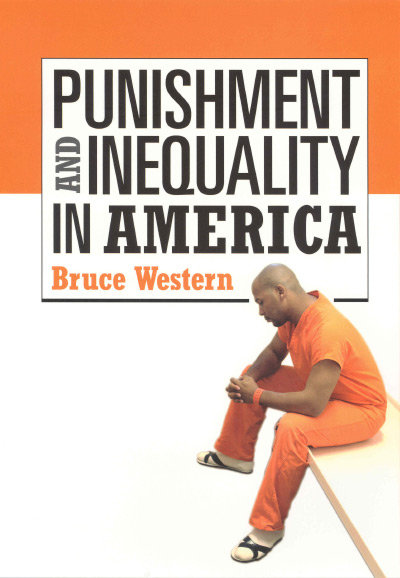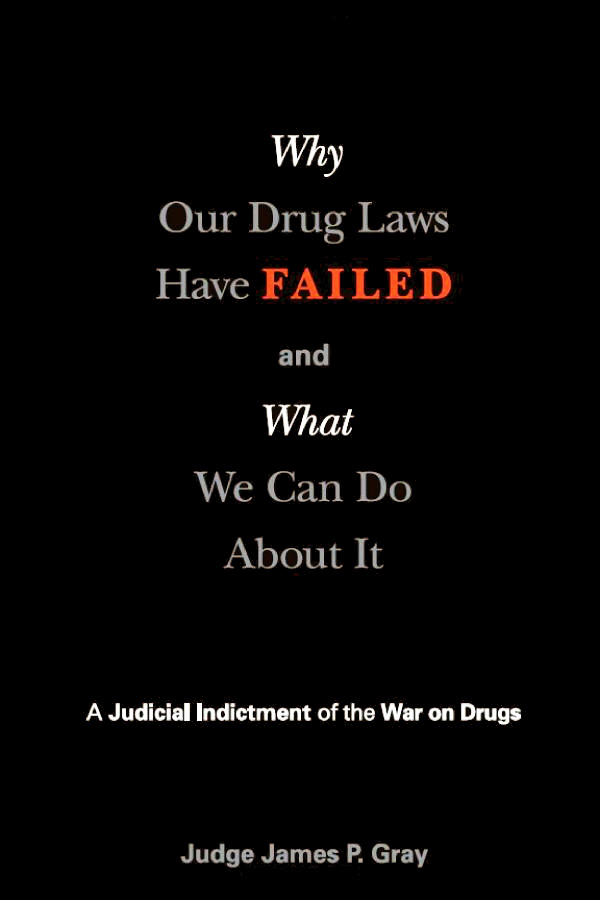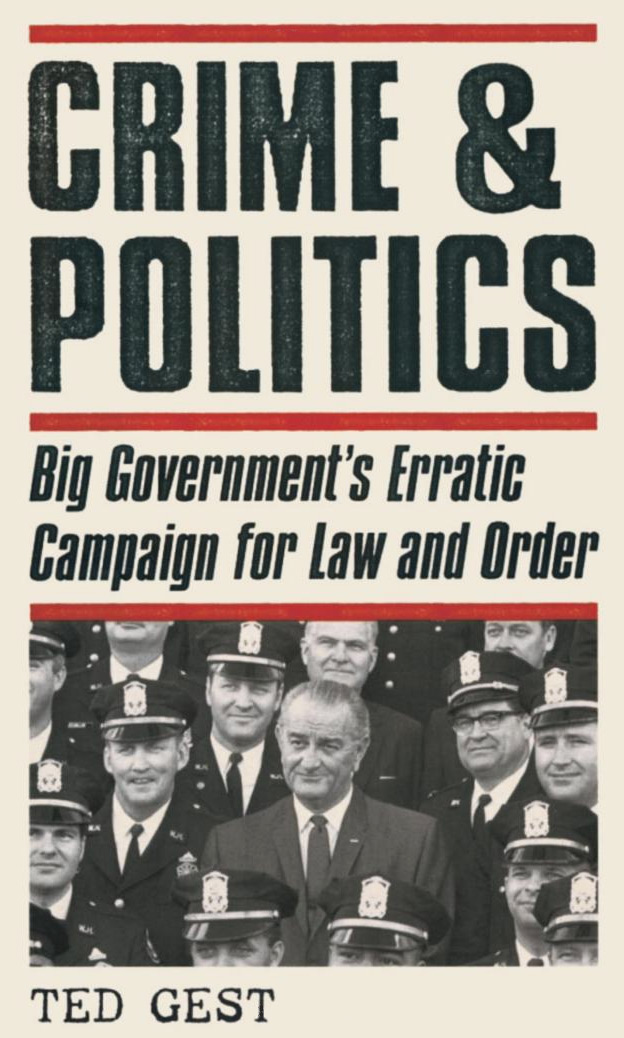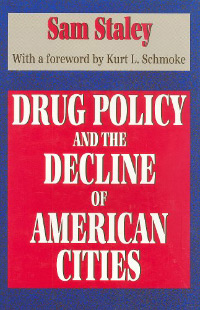There exists no broad coalition critiquing domestic police. Left radicals in the 1960s decried their militarism. Conservatives favored stronger police powers through the 1980s; in the next decade, disasters such as Ruby Ridge and Waco convinced many on the right that federal law enforcement was becoming militaristic and excessively violent. Their criticisms subsided during George W. Bush’s war on terror, but recent news has begun to awaken Americans across the spectrum to the danger posed by cops.
Journalist Radley Balko provides some of this valuable history in Rise of the Warrior Cop: The Militarization of America’s Police Forces. His reporting on police abuses helped save a man from death row and never ceases to raise blood pressures. His newest book carries immense potency, page after page delivering incisive and enraging indictments of modern law enforcement trends. Balko concludes that “America today isn’t a police state. Far from it” (p. 336). We might forgive someone for concluding differently based on the frightening erosion of due process rights and amplification of state power Balko documents, although he is correct that it “would be foolish to wait until it becomes [a police state] to get concerned” (p. 336).
Balko prefaces his accessible history of early American policing with a provocative rhetorical question: “Are cops constitutional?” Although he says that “[t]here has never been a serious constitutional challenge to the general authority of police,” he also cites legal scholar Roger Roots, who has written that for more than a century modern policing techniques have “fundamentally altered the balance of power between the citizen and the state in a way that would have been seen as constitutionally invalid by the Founders” (pp. ix–x).
Indeed, Balko hails the supposedly anachronistic Third Amendment as “not just a prohibition on peacetime quartering [of soldiers in domestic homes], but a more robust expression of the threat that standing armies pose to free societies. It represented a long-standing, deeply ingrained resistance to armies patrolling American streets and policing American communities” (p. 13). He returns occasionally to this “Symbolic Third Amendment” in describing the tension between basic traditional liberties and anything resembling the modern police force.
Even older than the Constitution, the Castle Doctrine, firmly established in English law by 1572, held that, “before entering without permission, government agents must knock, announce and identify themselves, state their purpose, and give the occupants the opportunity to let them in peacefully” (p. 6). British violations of this doctrine inspired the American Revolution. This principle stands in stark contrast to approximately fifty thousand SWAT (special weapons and tactics unit) raids conducted annually in the United States, the vast majority to arrest suspects for victimless crimes.
Conservatives think they embrace tradition, but history gives little reason to take domestic city police for granted. The first antecedent was Rome’s Praetorian Guard, to which Emperor Augustus designated many “of the roles we now associate with a conventional police force” (p. 2). Medieval France had a national police force for a while, but “the first modern police force as we know it today was created in 1829 in London by Sir Robert Peel” (p. 29)—much to the chagrin of the public.
Voluntary watch patrols were the first crime fighters in the colonial Northeast. Southern law enforcement had uglier origins. “By the middle of the eighteenth century, every Southern colony had passed laws formalizing slave patrols. . . . In many jurisdictions—most notably Charleston, South Carolina—slave patrols would eventually morph into the official police force” (p. 28). Private individuals and communities enforced the law—imperfectly, to be sure, but Balko nevertheless performs a critical service in demystifying an institution most people take as a given. New York City adopted a police force in 1845, other cities thereafter following suit, and during the Progressive Era such reformers as August Vollmer in Berkeley, California, created many of the modern features of police forces, even the office of police chief, which he was the first person to hold.
Rise of the Warrior Cop focuses mostly on the past fifty years. Police brutality provoked race riots, which encouraged Los Angeles Police Department (LAPD) chief Daryl Gates to create the first SWAT team. Gates “thought to ask the military for guidance” in using Vietnam counterinsurgency tactics at home (p. 53). Reacting to racial tensions, political assassinations, labor strikes, and 1960s radicalism, the Nixonera conservative law-and-order approach propelled police militarization over the next federal permission to use military tactics and weapons. But today these tactics and decades. Balko cites early examples of restraint in which domestic police asked for federal permission to use military tactics and weapons. But today these tactics and weapons are simply unleashed.
The drug war became the most important excuse for militarization in the late twentieth century. Richard Nixon’s attorney general John Mitchell had “made clear. . . that the crimes that seemed to most worry the public—armed robbery and burglary—weren’t the purview of the federal government. Moreover, there was no political benefit” to prioritizing violence against person or property, so the federal government targeted drugs, “the common denominator among the groups—lowincome blacks, the counterculture, and the antiwar movement”—opposing Nixon’s coalition (p. 71). The administration claimed in 1972 that $2 billion in property was stolen every year by heroin addicts; a White House press briefing put the figure at $18 billion. Yet “the total value of all reported stolen property” that year was only $1.2 billion (p. 136).
After unsteady development in the 1970s, drug war militarization accelerated under Ronald Reagan, whose administration focused especially on relatively harmless marijuana for various perverse reasons. Reagan argued that drug use was responsible for big government—“and in the same breath [he] demanded that the government be given significantly more power to fight” drugs (p. 144–45). His administration involved both the Justice Department, which the Nixon administration had considered unwise, and even the FBI in the drug war, which J. Edgar Hoover had resisted (p. 141). Indeed, “the very first change in public policy that Reagan pushed through the Congress was the 1981 Military Cooperation with Law Enforcement Act,” allowing for much more military engagement in drug enforcement (p. 145). In 1986, Reagan “signed National Security Decision Directive 221, which designated illicit drugs a threat to U.S. national security” (p. 157).
President George H. W. Bush mostly followed Reagan’s lead. Bill Clinton was superficially more liberal but continued the trend: Community Oriented Policing Services “threw billions at police departments under the pretense of hiring whistling, baton-twirling Officer Friendlies to walk neighborhood beats, rescue kittens, and maybe guest-umpire the occasional Little League game, [but] many police agencies were actually using the money to militarize” (p. 219). Barack Obama has increased funding for such programs (p. 223).
From the 1960s to today, Congress and the courts, cheered on by conservatives, have gutted due process protections, destroying the Castle Doctrine and virtually erasing the distinction between cops and soldiers. The Fourth Amendment ban on unreasonable searches and seizures is basically meaningless. “In many jurisdictions, search warrants can be approved by magistrates who needn’t even have any legal training. A 1984 study of the warrant process in seven U.S. cities by the National Center for State Courts found that magistrates spend an average of two minutes and forty-eight seconds reviewing affidavits before (almost always) approving the warrant” (p. 185). Almost every civil liberty has suffered under the drug war. Meanwhile, deception has become part of the police job description. Balko cites a damning survey of Chicago judges, prosecutors, and defense attorneys: “Ninety two percent of judges said that police lie ‘at least some of the time’” in open court (p. 184, emphasis in original).
Rise of the Warrior Cop contains too much good material to justly summarize it. Balko describes how civil asset forfeiture and federal spending grossly distort local law enforcement incentives, such that “successfully fighting crime could hurt a department’s ability to rake in federal money” (p. 243). The book gives gut-wrenching accounts of innocent people killed by police in raids over marijuana, sometimes at the wrong house. These raids, which very often turn up nothing, traumatize people for life. Police now frequently shoot harmless dogs belonging to suspects or victims. The system is Kafkaesque: for example, between 2002 and 2008, elderly Brooklyn couple Walter and Rose Martin were wrongly raided by the NYPD “more than fifty times” (p. 268, emphasis in original).
SWAT raids now target entrapped gamblers betting small sums, charity poker nights, doctors who allegedly overprescribe pain meds, and regulatory violations. Cops in Orange County, Florida, raided nine barbershops in 2010: “thirty-four of the thirty-seven arrests were for ‘barbering without a license’” (p. 284). Federal agencies from the Food and Drug Administration to the Consumer Product Safety Commission have their own SWAT teams.
Calmly knocking on doors or arresting suspects while they are walking would work almost every time, and no evidence shows that the SWAT approach is safer. But the policy has inertia, and police enjoy the thrill. Neill Franklin, former Maryland narcotics cop, calls it “a huge rush. . . . Those times when you do have to kick down a door, it’s just a big shot of adrenaline.” Stephen Downing, who worked in the LAPD when Gates was developing SWAT, agrees: “It’s a rush. And you have to be careful, because the raids themselves can be habit-forming” (both qtd. on p. 214).
When a SWAT approach might seem justified—to stop an urgent threat to life and liberty—“officer safety” mandates caution. During the 1999 Columbine school shootings, as students held a sign in the window announcing that their teacher was bleeding to death, the police stood back. “Though there were eventually eight hundred police officers and eight SWAT teams on the Columbine campus, the SWAT teams held off from going inside to stop shooters Dylan Klebold and Eric Harris because they deemed the situation too dangerous” (p. 231).
Balko’s journalistic treatment has immense value for scholars and anyone concerned with American liberty. The discussion of political culture’s relationship to modern policing nicely complements Michelle Alexander’s treatment of prisons in The New Jim Crow: Mass Incarceration in the Age of Colorblindness (New York: New Press, 2010). Balko’s writing on early American policing can be reinforced by the work of academic historian Alfred W. McCoy, whose Policing America’s Empire: The United States, the Philippines, and the Rise of the Surveillance State (Madison: University of Wisconsin Press, 2009) covers far more ground than the title might suggest, including an account of relatively modern policing tactics we today take for granted.
Balko suggests sensible reforms—ending the drug war, discontinuing SWAT raids in obviously inappropriate situations, emphasizing more transparency, and improving police culture. What is most needed, however, is a shift in public attitudes. Police issues need to become a high priority. Liberty will not survive the modern trends in policing. The very character of American society is at stake. Balko thinks “[c]omplete legalization” of drugs “is, of course, never going to happen” (p. 321). But if Americans cannot adopt the drug polices they had a hundred years ago, then a fundamental reason for our SWAT and police problems will persist.
Balko doesn’t call for the total abolition of SWAT teams, but it’s hard to appreciate their necessity given their relatively recent history, their almost uninterrupted legacy of failure and horror, and the possibility of creating ad hoc commando teams if they are ever needed. The potential for abuse is too great, and virtually no raid I have read of appears necessary or justified in the least. I vastly prefer the problems attending to the nonexistence of SWAT teams to the dangers of having them. Regardless of these disagreements, I recommend this book without any reservations. It is a must-read volume for anyone who cares about the future of America.
| Other Independent Review articles by Anthony Gregory | |
| Fall 2012 | Understanding the U.S. Torture State |
| Summer 2011 | “The Tissue of Structure”: Habeas Corpus and the Great Writ’s Paradox of Power and Liberty |
| Summer 2011 | The Struggle to Limit Government |

